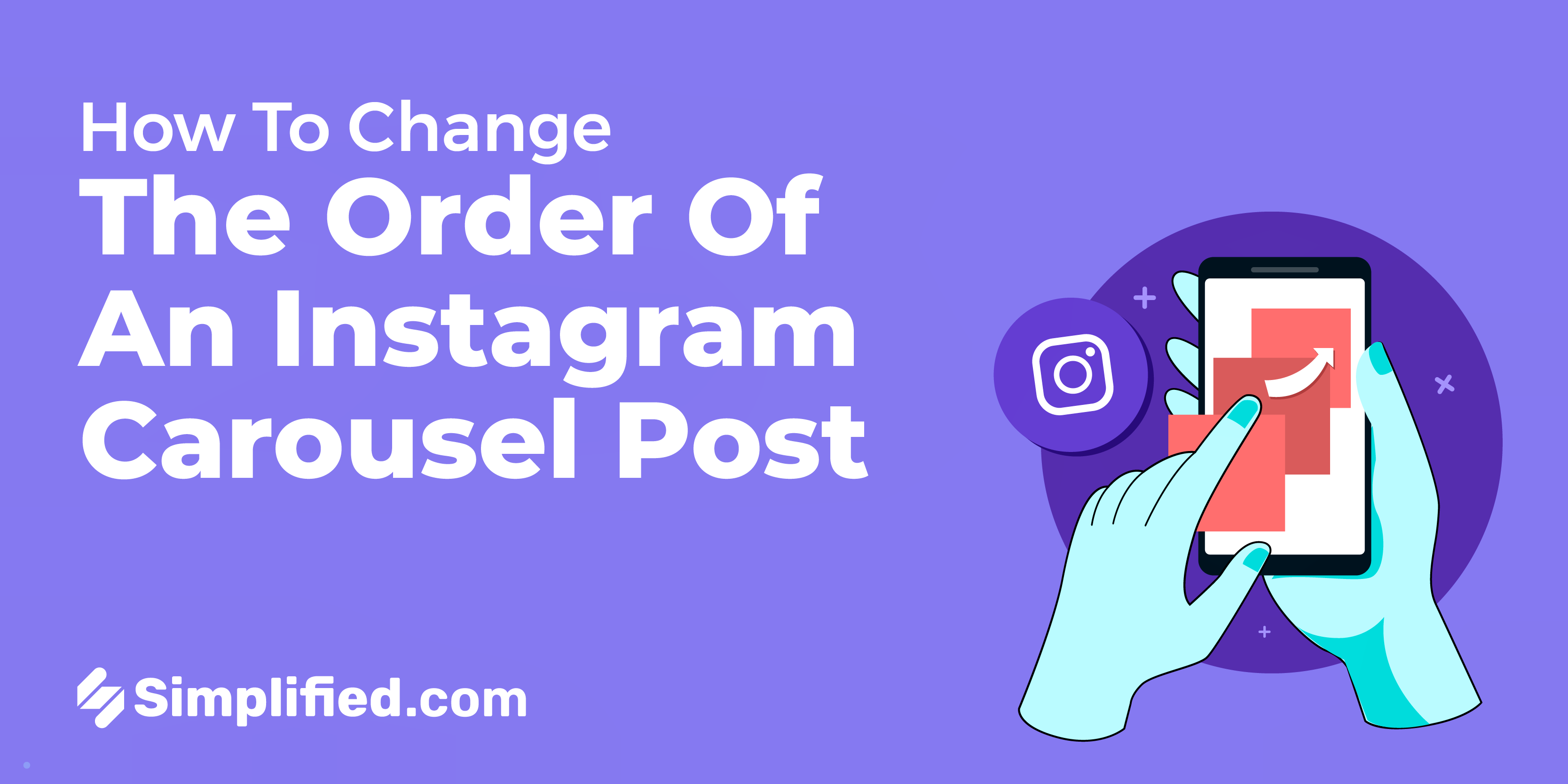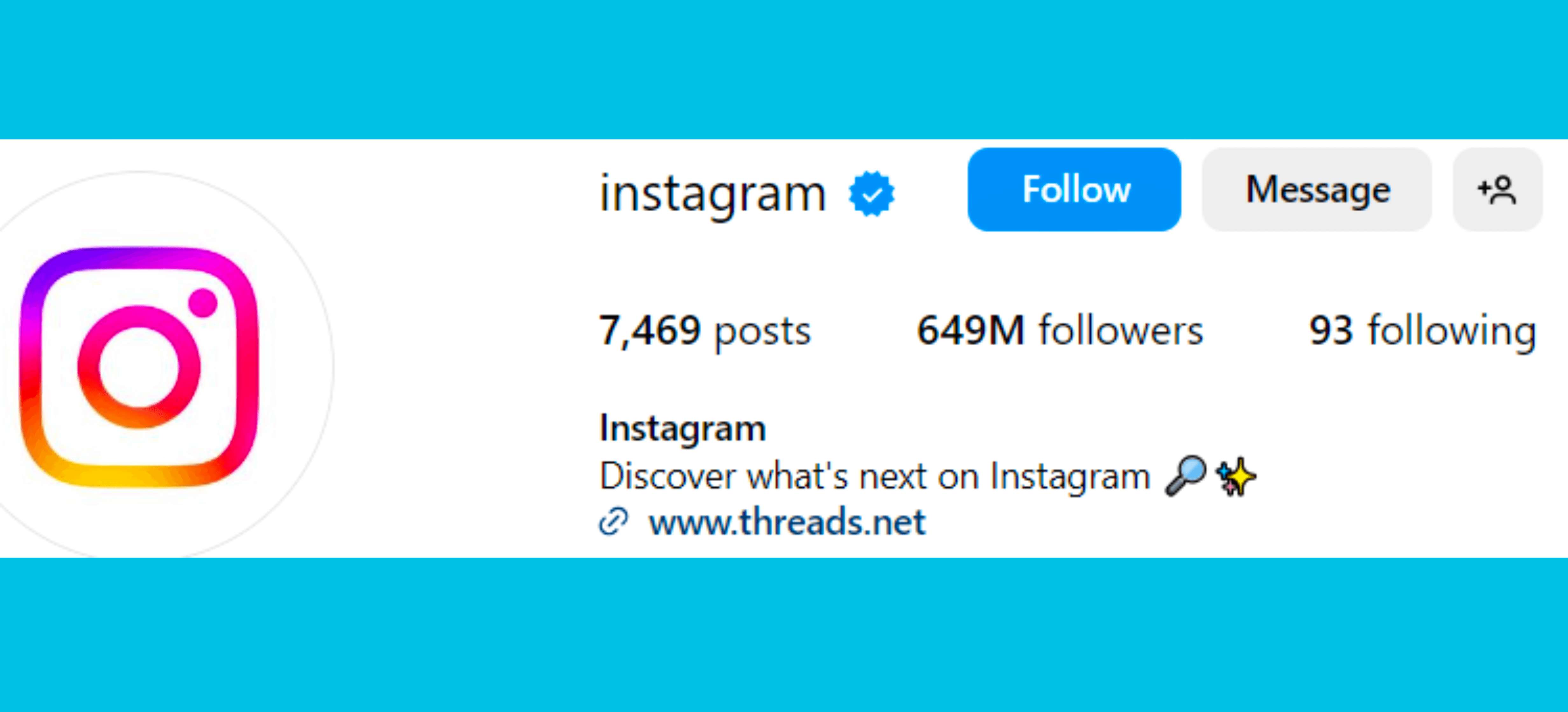What do you mean by Spamming?
Spamming on social media refers to the repetitive and disruptive act of posting or sharing unsolicited and often unwanted content. It involves flooding social media platforms with excessive and repetitive messages, links, advertisements, or other types of content that can violate platform guidelines or annoy other users. There are various forms of spamming, including excessive self-promotion, comment spam, hashtag spamming, and bot spam. Excessive self-promotion entails repeatedly sharing promotional messages or advertisements without providing value or engaging with the community. Comment spam involves leaving multiple irrelevant or repetitive comments containing links to unrelated or suspicious websites. Hashtag spamming entails using an excessive number of hashtags, often unrelated to the content, to gain more visibility or followers. Bot spam occurs when automated accounts or bots send a large volume of messages, replies, or friend requests, often with malicious intentions such as spreading scams or phishing attempts. Spamming is generally discouraged and viewed negatively as it disrupts the user experience, diminishes engagement quality, and violates community guidelines. Social media platforms implement measures like content filters, reporting mechanisms, and account restrictions to detect and limit spamming activities.
.webp)













